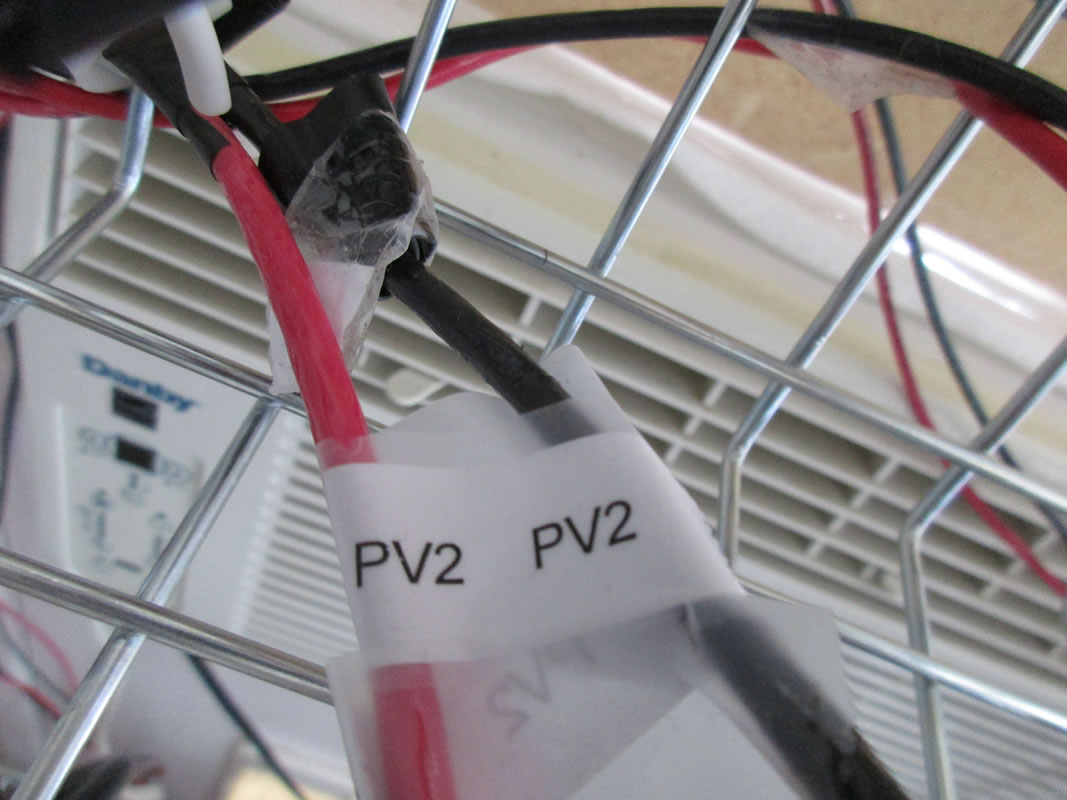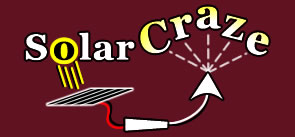

|
The difference between alternating current (AC) and direct current (DC).
AC, or alternating current, is what we have come to expect, coming from the walls in the home or office. It is typically between 110 and 120 (sometimes 125) volts, or between 220 and 240 volts, for heat, an electric dryer or oven, or outside the US.
When working with AC wire, there are usually three (3) wires, in this case:
DC, or direct current, is what we have in our cars, usually between 12 and 24 volts. Solar panels product direct current, typically between 12 and 36 volts, which we will discuss more later.
There is a positive (+) wire that is usually red, and a black negative (-) wire.
Whether working with AC or DC, remember from basic electronics that in order for current to flow, there must be a round trip path for the electrons to make. For example, in a DC circuit, you might have a battery, two wires and an LED or light bulb. One wire will run from the power source (in this case a battery) to the device (the LED), and another wire will run from the LED, back to the battery, thus completing the circuit!
Remember, the color of the wires will likely be different in DC and AC circuits, as already discussed!






|

|

|